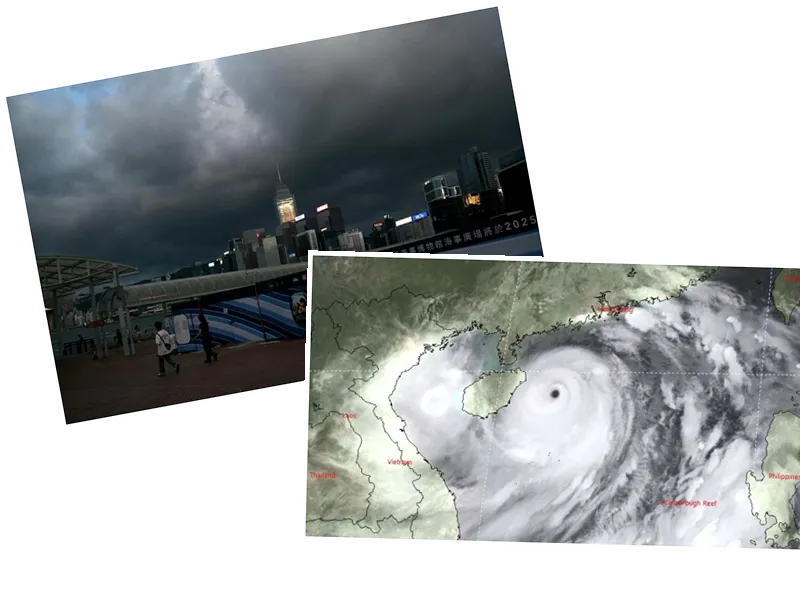Typhoon Shanshan: A Devastating Force Hits Japan
Typhoon Shanshan has emerged as one of the most powerful typhoons in decades, wreaking havoc across Japan, particularly on the southern island of Kyushu. As it made landfall, the storm packed winds exceeding 126 km/h, leading to widespread destruction and loss of life. Tragically, at least five fatalities have been reported, with many others injured due to flying debris and severe weather conditions. The Japan Meteorological Agency has issued maximum alerts for flooding and landslides, prompting evacuations for over five million residents.
Record Rainfall and Power Outages
Parts of Kyushu have experienced unprecedented rainfall, with the city of Misato recording an astonishing 791.5 mm within just 48 hours. This extreme weather has led to significant power outages affecting more than 250,000 households. As utility companies scramble to restore power, many residents remain in the dark, and essential services have been disrupted. Major transportation services, including Shinkansen bullet trains and hundreds of flights, have been canceled, impacting nearly 50,000 passengers.
The Broader Impact of Climate Change
Typhoon Shanshan's destructive path follows closely behind Typhoon Ampil, highlighting a concerning trend in Japan's weather patterns. Experts attribute the increased intensity and frequency of such storms to climate change, as typhoons are forming closer to shore and intensifying rapidly. This alarming shift poses a significant risk for future weather events, emphasizing the need for robust disaster preparedness and climate resilience strategies.
- The aftermath of Typhoon Shanshan has left many regions in a state of emergency. Authorities are conducting search and rescue operations, particularly in areas hardest hit by landslides. The government has mobilized resources to assist affected communities, providing shelters and essential supplies to those displaced by the storm. Moreover, the impact of Typhoon Shanshan on Japan's economy cannot be overstated. With major companies like Toyota and Nissan halting production, the ripple effects could be felt across various sectors, particularly in the semiconductor industry, which is crucial for global supply chains. As Japan braces for further rain and potential flooding, the focus will be on recovery and rebuilding efforts in the weeks to come.






